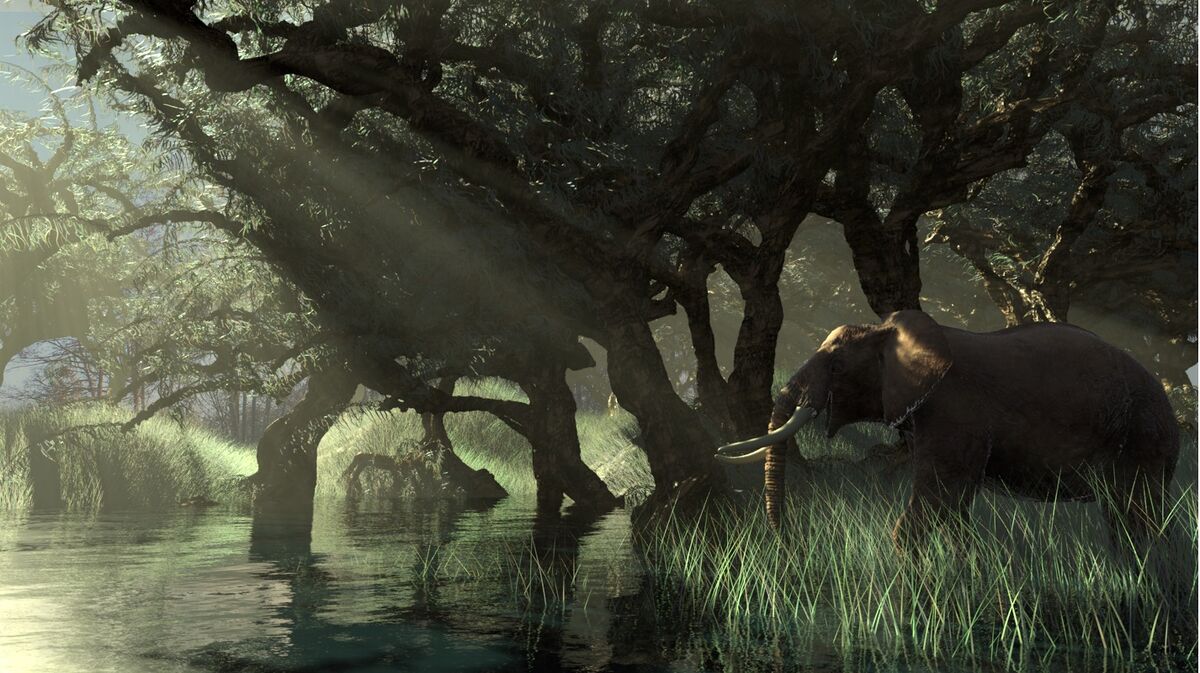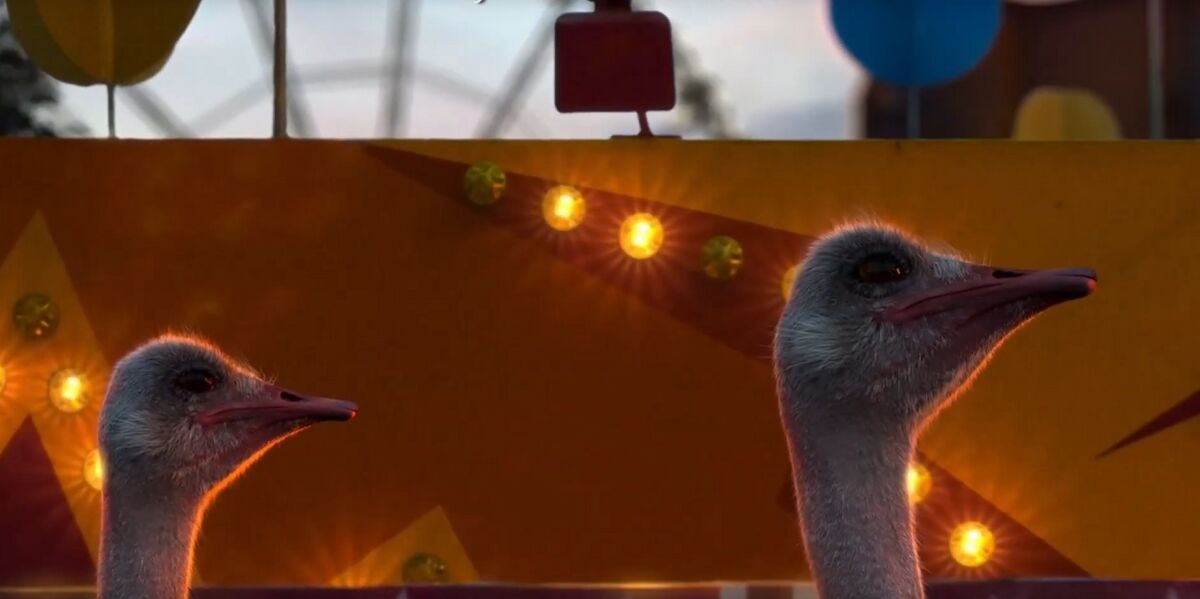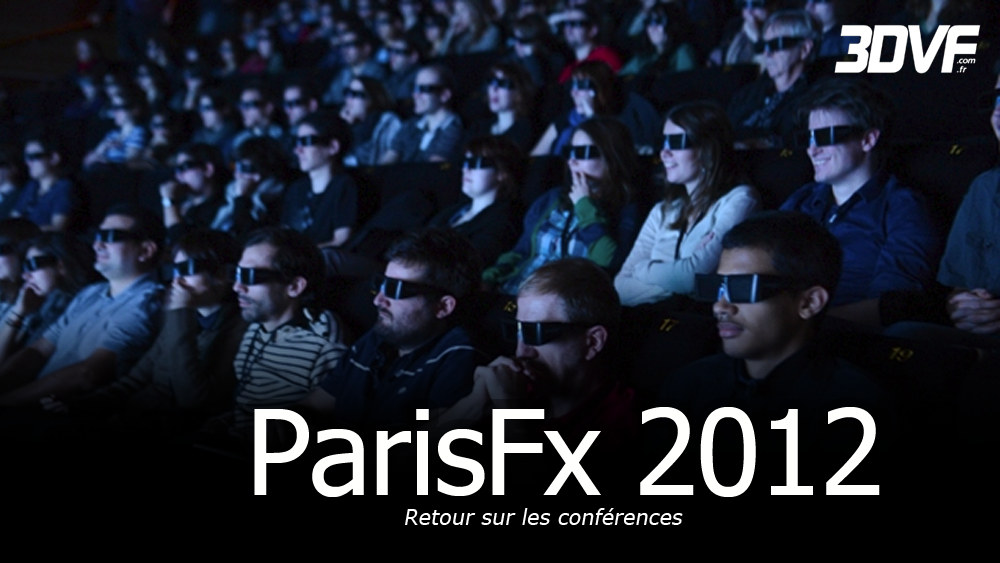« DEMO » : différence entre les versions
Aucun résumé des modifications |
|||
| (19 versions intermédiaires par le même utilisateur non affichées) | |||
| Ligne 1 : | Ligne 1 : | ||
<div style="text-align:center;background-color:black">[[File: | <div class="res-img"> | ||
<div style="text-align:center;background-color:black">[[File: | <div style="text-align:center;background-color:black">[[File:photons_FG_v161_pshp.jpg|1200px]]</div> | ||
<div style="text-align:center;background-color:black">[[File:e0103_s001_p001_compositing_print.jpg|1200px]]</div> | |||
<div style="text-align:center;background-color:black">[[File:e0106_s001_p003_compositing_print.jpg|1200px]]</div> | |||
== Bande démo 3d - Julien Stiegler == | == Bande démo 3d - Julien Stiegler == | ||
=== Graphiste 3d et superviseur de films d'animation === | === Graphiste 3d et superviseur de films d'animation === | ||
<div style="text-align:center;background-color:black">[[File:logoCube_002.jpg|200px|class=notpageimage]]</div> | |||
<div style="text-align:center;background-color:black">[[File:autruchesGP_001.jpg|1200px]]</div> | |||
{{#ev:youtube|CXoKMFLcK3k|1280|alignment=center}} | {{#ev:youtube|CXoKMFLcK3k|1280|alignment=center}} | ||
=== Accompagnement de la création de films d'animation === | === Accompagnement de la création de films d'animation === | ||
D'abord réalisateur de films d'animation, puis graphiste indépendant, j'ai été employé pour accompagner la réalisation de films, principalement en full 3d, d'un style plutôt photoréaliste | [[File:e0103_s001_p006_compositing_print.jpg|1200px]] | ||
D'abord réalisateur de films d'animation, puis graphiste indépendant, j'ai été employé chez [https://www.cube-creative.com Cube Créative], de 2007 à 2014, pour accompagner, tant sur les plans techniques que artistiques, la réalisation de films, principalement en full 3d, d'un style plutôt photoréaliste. | |||
J'ai longtemps accompagné les projets de [https://www.nicolas-deveaux.com Nicolas Deveaux], un réalisateur de films d'animation en 3d, particulièrement passionné d'anatomie animale. | J'ai longtemps accompagné les projets de [https://www.nicolas-deveaux.com Nicolas Deveaux], un réalisateur de films d'animation en 3d, particulièrement passionné d'anatomie animale. | ||
| Ligne 16 : | Ligne 21 : | ||
=== Cube Créative === | === Cube Créative === | ||
[https://www.cube-creative.com Cube Créative] | |||
==== Geeks ==== | |||
C'était l'époque où la technologie nous envahissait... | |||
=== | [[File:parisfx-ban.jpg|1200px]] | ||
=== Films === | |||
==== Oscar - 2014 ==== | |||
{{#ev:vimeo|86977434|1280|alignment=center}} | |||
==== Idents France3 été - 2013 ==== | |||
{{#ev:vimeo|68601109|1280|alignment=center}} | |||
===== Eléphant ===== | |||
{{#ev:vimeo|69749687|1280|alignment=center}} | |||
===== Autruche / Rollercoaster ===== | |||
{{#ev:vimeo|93993180|1280|alignment=center}} | |||
===== Autruche / Bascule ===== | |||
{{#ev:vimeo|93992837|1280|alignment=center}} | |||
===== Skateline ===== | |||
{{#ev:vimeo|93982564|1280|alignment=center}} | |||
===== Piscine ===== | |||
{{#ev:vimeo|93980902|1280|alignment=center}} | |||
==== 5m80 - 2012 ==== | |||
{{#ev:vimeo|58647492|1280|alignment=center}} | |||
==== Biarritz - Cité de l'Océan 2011 ==== | |||
{{#ev:vimeo|57860930|1280|alignment=center}} | |||
==== Monaco Shanghaï 2010 - world expo ==== | |||
{{#ev:vimeo|11921651|1280|alignment=center}} | |||
==== Big bang - le spectacle des origines - 2008 ==== | |||
<!-- | |||
{{#ev:vimeo|41849974|1280|alignment=center}} | |||
--> | |||
{{#ev:vimeo|992923201|1280|alignment=center}} | |||
==== Shokobon - 2007 ==== | |||
{{#ev:vimeo|43975185|1280|alignment=center}} | |||
==== Dolce gusto - 2007 ==== | |||
{{#ev:vimeo|43973741|1280|alignment=center}} | |||
=== Article sur le rendu 3d photoréaliste avec Arnold Renderer === | === Article sur le rendu 3d photoréaliste avec Arnold Renderer === | ||
[[File:image_5m80.jpg| | [[File:image_5m80.jpg|1200px]] | ||
<poem> | <poem> | ||
Arnold makes a splash with Cube | Arnold makes a splash with Cube | ||
| Ligne 55 : | Ligne 93 : | ||
Following the jumping elephant project he wanted to work on another jumping animal and the water was an elegant solution for the fall impact. The anatomy of the giraffe did not permit strong intentional jumps, so the idea emerged of using their running speed and the neck of the giraffe as a propulsion force. He wanted to represent the animal in the context of a familiar and human location to create a surreal, poetic and funny contrast between the two universes. He insisted on getting a strong blue bounce of light that seemed natural due to the strong impacts of the sun on water to give a graphic but credible look. He wanted the animals to stay saturated to avoid the sfx look of integration and keep that graphic contrast. | Following the jumping elephant project he wanted to work on another jumping animal and the water was an elegant solution for the fall impact. The anatomy of the giraffe did not permit strong intentional jumps, so the idea emerged of using their running speed and the neck of the giraffe as a propulsion force. He wanted to represent the animal in the context of a familiar and human location to create a surreal, poetic and funny contrast between the two universes. He insisted on getting a strong blue bounce of light that seemed natural due to the strong impacts of the sun on water to give a graphic but credible look. He wanted the animals to stay saturated to avoid the sfx look of integration and keep that graphic contrast. | ||
</poem> | </poem> | ||
</div> | |||
Version actuelle datée du 7 décembre 2025 à 13:02
Bande démo 3d - Julien Stiegler
Graphiste 3d et superviseur de films d'animation
Accompagnement de la création de films d'animation
D'abord réalisateur de films d'animation, puis graphiste indépendant, j'ai été employé chez Cube Créative, de 2007 à 2014, pour accompagner, tant sur les plans techniques que artistiques, la réalisation de films, principalement en full 3d, d'un style plutôt photoréaliste.
J'ai longtemps accompagné les projets de Nicolas Deveaux, un réalisateur de films d'animation en 3d, particulièrement passionné d'anatomie animale.
Le processus de création en 3d étant assez rigide, je suis depuis revenu aux approches plus artisanales, avec le dessin et le spectacle vivant.
Cube Créative
Geeks
C'était l'époque où la technologie nous envahissait...
Films
Oscar - 2014
Idents France3 été - 2013
Eléphant
Autruche / Rollercoaster
Autruche / Bascule
Skateline
Piscine
5m80 - 2012
Biarritz - Cité de l'Océan 2011
Monaco Shanghaï 2010 - world expo
Big bang - le spectacle des origines - 2008
Shokobon - 2007
Dolce gusto - 2007
Article sur le rendu 3d photoréaliste avec Arnold Renderer
Arnold makes a splash with Cube
An overhaul to Cube’s render workflow with Arnold places the power back at the director’s feet.
Cube, the Paris based 2D/3D animation visual effects studio, recently adopted Arnold for their photorealistic render workflow. Previously relying on Softimage and Mental Ray they are now switching to Maya, Arnold and Yeti to help speed up their iterative rendering process. In an interview with the head of the realistic projects at Cube, Technical Director Julien Stiegler describes the reasons for the change.
What made you look at Arnold for a render solution?
With Mental Ray I was happy to find a solution to each new challenge, but as the level of detail in movies increased it got harder to make this work. In the end I was generally disappointed by the lighting and since the rendering was slow making a change to a director’s request was a nightmare. In Mental Ray, like in VRay, there are many render methods to choose from but none are perfect in a realistic production.
Before we made the switch to Arnold we tested with 3delight and made an uber-shader that took advantage of point clouds, deep shadows, etc. These were some nice ideas to make the preprocess automatic for the user, but in the end none of these provided the simplicity of brute force path tracing for glossy and indirect components. I see now PRMan and 3delight are now switching to raytraced multiple importance sampling shaders.
Now that we have switched to Arnold, I am very happy to give the director the opportunity to have an open discussion about the picture and make changes quickly in the render scene when necessary.
What improvement has Arnold been over your previous renderer?
The two main improvements are the quality of the final picture due to the brute force glossy / indirect and the stability of the renderer on huge scenes, due to the strong optimisation of geometry loading and the simplicity of path tracing.
What was your biggest problem with you previous renderer and how did Arnold resolve them?
In short there is no technical preparation necessary and the brute force internal optimisation does the job.
Can you tell us what process you went through for the interior lights?
At the beginning we tested using backlighting on windows but quickly realised that it produces indirect lighting and thus noise. So in addition to the sun we have simply removed the sky dome and switched to area lights only which are pretty fast in Arnold.
Can you explain the approach you took to render the water?
The water splashes were simulated with Naiad and exported as .ass archives. I was surprised that, even with over 10 million triangles per splash, they loaded instantly and rendered so fast, unlike Renderman blobbies.
How did you come up with the idea for "5m80"?
Nicolas Deveaux came to Cube 10 years ago with the idea of a jumping elephant and wanted to work with us on improving the realism. He is also a very good modeler and anatomy expert and always has strong views for the picture. He has many projects involving animals in human environments and it has slowly become a theme of his work.
Following the jumping elephant project he wanted to work on another jumping animal and the water was an elegant solution for the fall impact. The anatomy of the giraffe did not permit strong intentional jumps, so the idea emerged of using their running speed and the neck of the giraffe as a propulsion force. He wanted to represent the animal in the context of a familiar and human location to create a surreal, poetic and funny contrast between the two universes. He insisted on getting a strong blue bounce of light that seemed natural due to the strong impacts of the sun on water to give a graphic but credible look. He wanted the animals to stay saturated to avoid the sfx look of integration and keep that graphic contrast.







